 Tasmania – Australia’s only Island state – is quite unlike the rest of the country. Its location off Victoria’s south coast makes it cooler than the other states, and as a result, it’s generally greener, and it’s also hillier, and with more forest. It’s got a rich and colourful history and a tight-knit, friendly populace. Here, you can enjoy an easy urban lifestyle on a fraction of the big-city budget.
Tasmania – Australia’s only Island state – is quite unlike the rest of the country. Its location off Victoria’s south coast makes it cooler than the other states, and as a result, it’s generally greener, and it’s also hillier, and with more forest. It’s got a rich and colourful history and a tight-knit, friendly populace. Here, you can enjoy an easy urban lifestyle on a fraction of the big-city budget.
What’s Tasmania like?
It’s a land of mountains, forests and lakes, and a charming sea-side citadel: Hobart, gateway to the wilds of the southern ocean. If adventure is your thing, almost half the country is federally protected national parkland, which may be what prompted National Geographic to rate the state as the world’s third best adventure destination. Meanwhile, Lonely Planet
Hobart offers a diverse city lifestyle with brilliant restaurants, friendly bars and good quality shopping. And the arts are in good shape too, with good cinemas, theatre and numerous arts and music festivals. And – for the hardcore urbanites – there are about 15 flights to Melbourne, every day, just over an hour away.
Who migrates to Tasmania?
Typically people who place a high priority on their quality of life or who want their kids to enjoy a safe, outdoorsy childhood. Tasmania also attracts people who like the idea of living in Australia but don’t enjoy extreme summer heat or severe water restrictions.
Others come for quite specific reasons; to escape pollution, overcrowding or stress, to be able to go fishing or to buy the waterfront property or boat they could never afford back home.
Educational choices – Private or public education with well qualified teachers and some of Australia’s smallest class sizes. The University of Tasmania offers a wide range of high quality mainstream degrees as well as niche studies in furniture design, Antarctic and Southern Ocean studies and aquaculture.
Recreation and leisure – Hiking, kayaking, rock climbing, surfing, fishing and diving are popular. Sports infrastructure is excellent and a wide variety of cultural activities (such as theatre, festivals and performances by the Tasmanian symphony orchestra) are on offer year round. A typical day out might be a barbeque with friends, a game of golf or a fishing trip, visiting a vineyard, taking the kids to play sport or shopping at a local market.
Cost of living – Similar to other Australian states. Housing, private education and locally produced food tends to be cheaper than other parts of Australia.
Transportation infrastructure – Public bus services operate in all major centres and in rural areas.
Housing market – According to the Real Estate Institute of Australia, Hobart is currently Australia’s cheapest capital city with an average house price of A$370,000 (June 2011).
Climate – Tasmania is the same latitude as Rome, Italy or Bordeaux, France. It has four distinct seasons and the surrounding oceans produce a temperate maritime climate with no extremes of heat or cold.
Tasmanian summers bring warm sun, sea breezes, clean sandy beaches and long twilights providing a fantastic climate for boating, bushwalking, beaches and fishing. Whilst temperatures above 30°C are not uncommon, the average summer temperature is a comfortable 23°C. Winter has bright sunny days with an average temperature of 12°C.
Key industry sectors
Tasmania has a broad range of industries with an economic profile similar to Australia as a whole. Manufacturing, tourism, agriculture and food processing and forestry and timber processing are all key industries.
There are a wide range of job opportunities for health and medical professionals (registered nurses, etc), civil engineers, food specialists (chefs, etc), and construction metal and auto tradespeople.



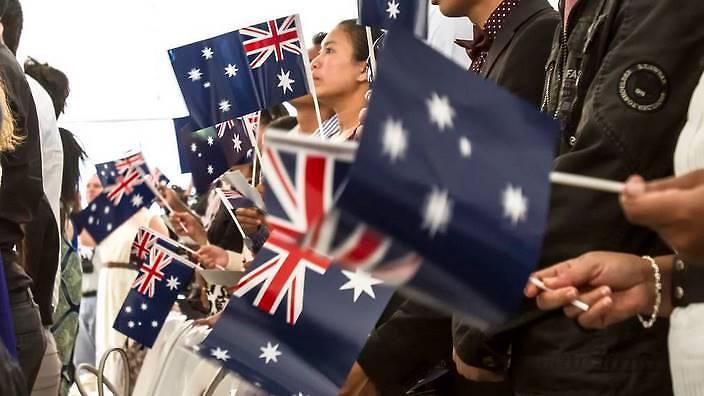


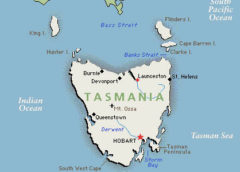
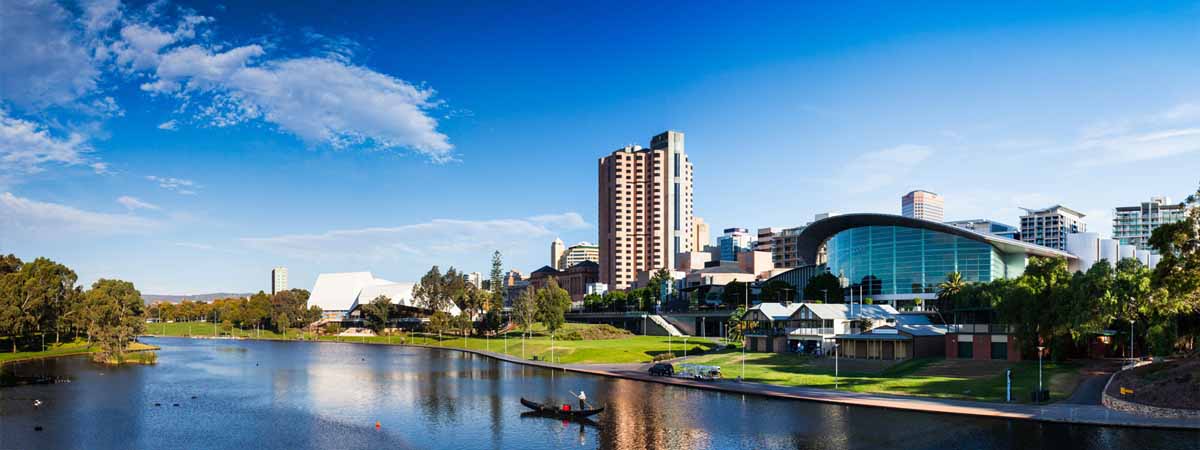
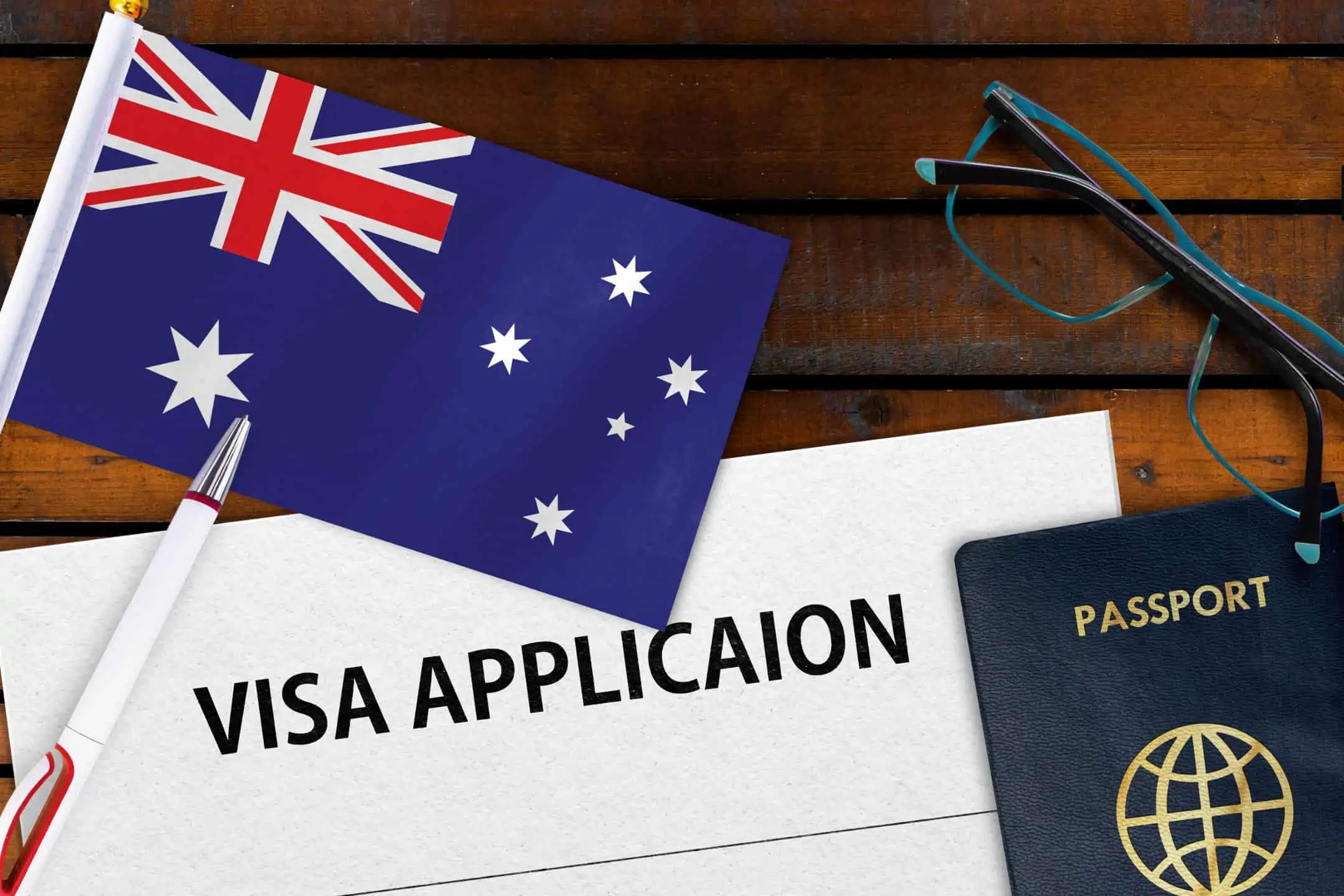
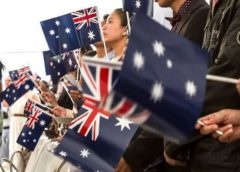


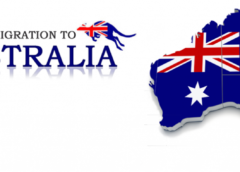


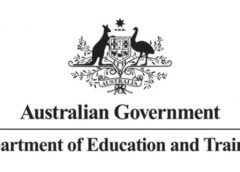

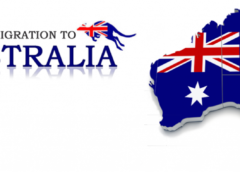
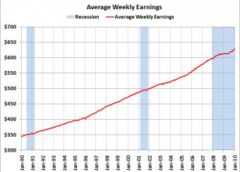


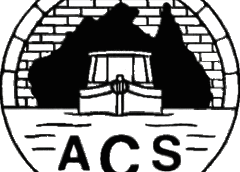

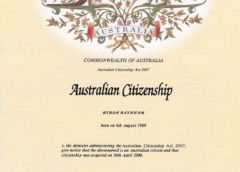
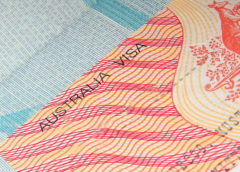


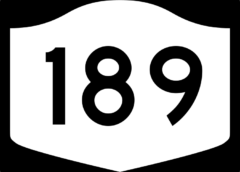
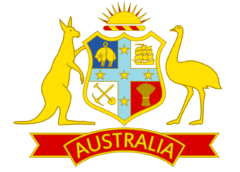
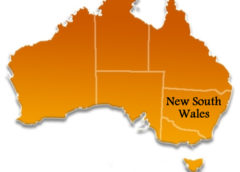
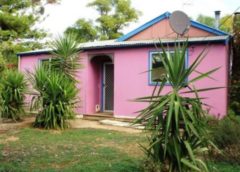
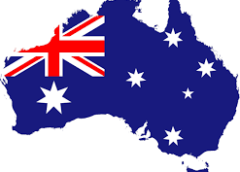
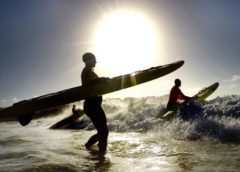


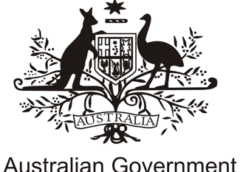
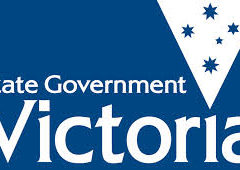
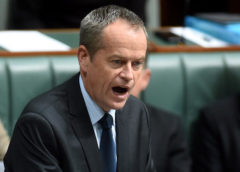

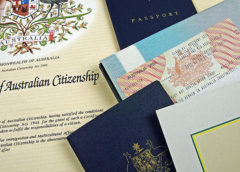


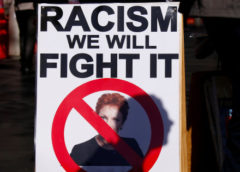
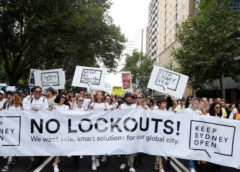
One thought on “Tasmania”
Comments are closed.